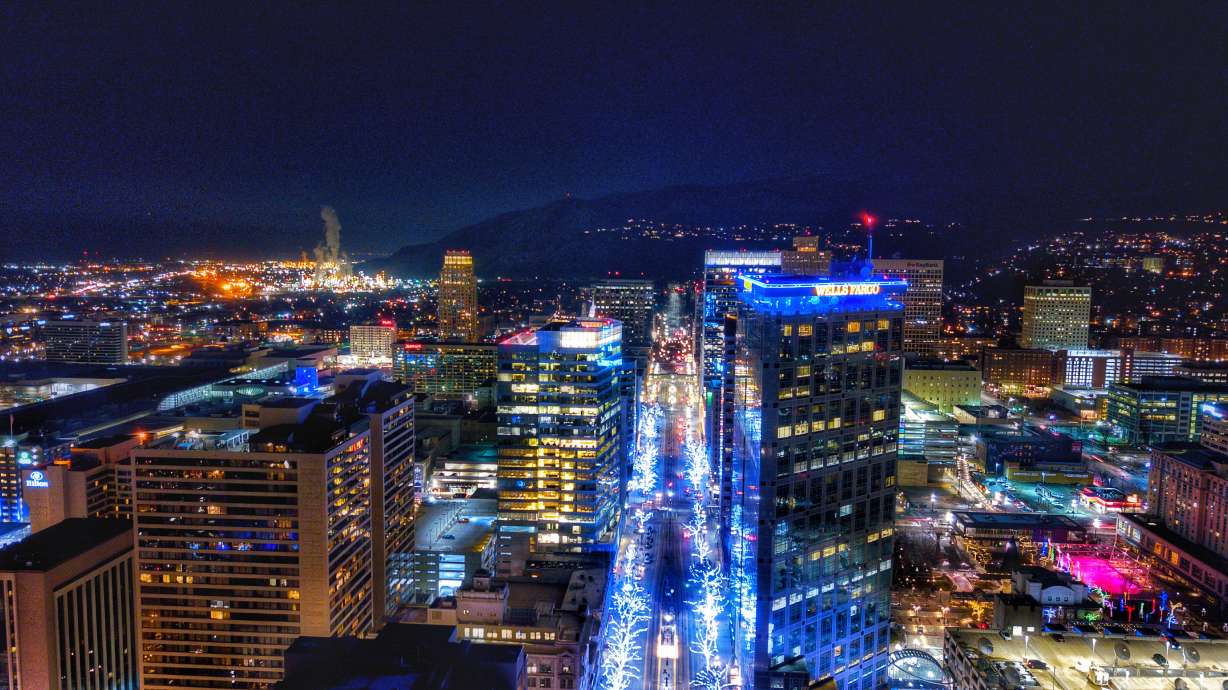Estimated read time: 2-3 minutes
This archived news story is available only for your personal, non-commercial use. Information in the story may be outdated or superseded by additional information. Reading or replaying the story in its archived form does not constitute a republication of the story.
SALT LAKE CITY — Newcomers from across the world continue to fuel population growth in Utah’s densest counties, show census estimates released Thursday.
And those moving to the Beehive State from Asian nations are playing a big role in the change, according to the American Community Survey, which considers data from 2013-2017.
“That’s been a pretty consistent trend over the last few years,” said Emily Harris, a demographer with the University of Utah’s Kem C. Gardner Policy Institute who reviewed the new numbers and shared her findings with KSL.
Harris and her colleagues believe many in Utah’s growing Asian community are drawn by Utah’s strong labor market, opportunities at Brigham Young University and the University of Utah, and a growing high-tech corridor.
The pull is especially strong in Salt Lake County, where 3,041 residents lived in Asia a year earlier — more than twice the number who arrived from South America, the next biggest international group. Neighboring Utah County welcomed slightly half as many Asians.
Overall, the biggest group of newcomers to Salt Lake County are coming from just over the county line. Utah County traded 8,353 residents to its northern neighbor in exchange for about 300 more from Salt Lake County.
Roughly one-third of Utahns live in its capital county, bringing its total population to 1.1 million. Utah County is home to about half as many residents.
Other states are also contributing new faces — from California’s Los Angeles County; Arizona’s Maricopa County, home to Phoenix; and Clark County in Nevada, home to Las Vegas.
Across the state as a whole, the flow of newcomers has slowed after a peak around 2015 and 2016, Harris noted. Last year, the state’s net migration was about 23,000, according to the institute.
The numbers out this week don’t drill into the age, race or other demographics of those coming and leaving. In coming days, Harris and her colleagues plan to release their own estimates with further details on migration patterns in the state.










